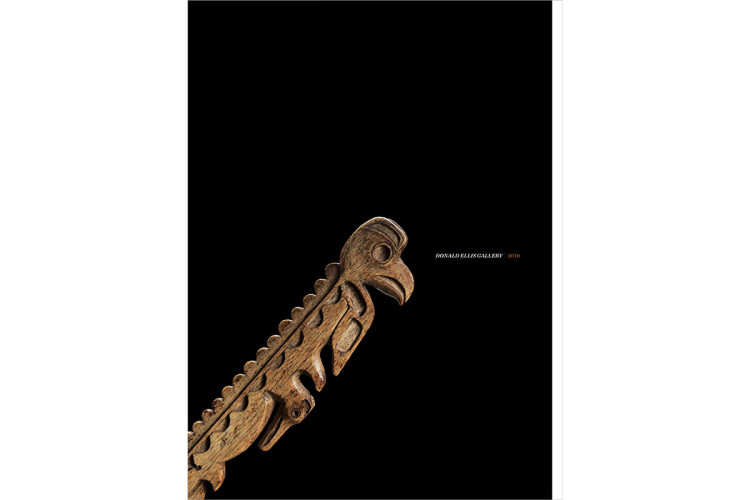
2010
$35.00 USD
19th century
hide, paint
height: (including fringe): 12 "
Inventory # W3686
Sold
The American artist Charles Marion Russell (b. 1864 d. 1926)
By gift to the photographer and illustrator Carl Everton Moon (b. 1879 d. 1948)
In Search of the Wild Indian: Photographs and Life Works by Carl and Grace Moon, Driebe, Moscow, Maurose, 1997 pg. 350
Donald Ellis Gallery catalogue, 2010, pgs. 52-53
Feest, Christian. Native Arts of North America. London: Thames and Hudson, 1980, pg. 93, pl. 81
Skin masks from the Innu of the Labrador region are rare. The few examples that are known to survive are primarily in museum collections and are all representations of the human face. These masks are most often made from smoked caribou skin, though some dog, fox and sealskin examples are known, the latter likely from coastal dwelling Innu (Speck 1950, pgs. 51 – 52). Their function appears to have been social rather than religious, and closely related to Labrador Inuit masking practices in the historic period. Clowning and lewd acts were performed by the masked dancer in a boisterous comedic spectacle, often accompanied by songs in which the audience would be asked to participate (Speck 1950, pgs. 51 - 52).

$35.00 USD